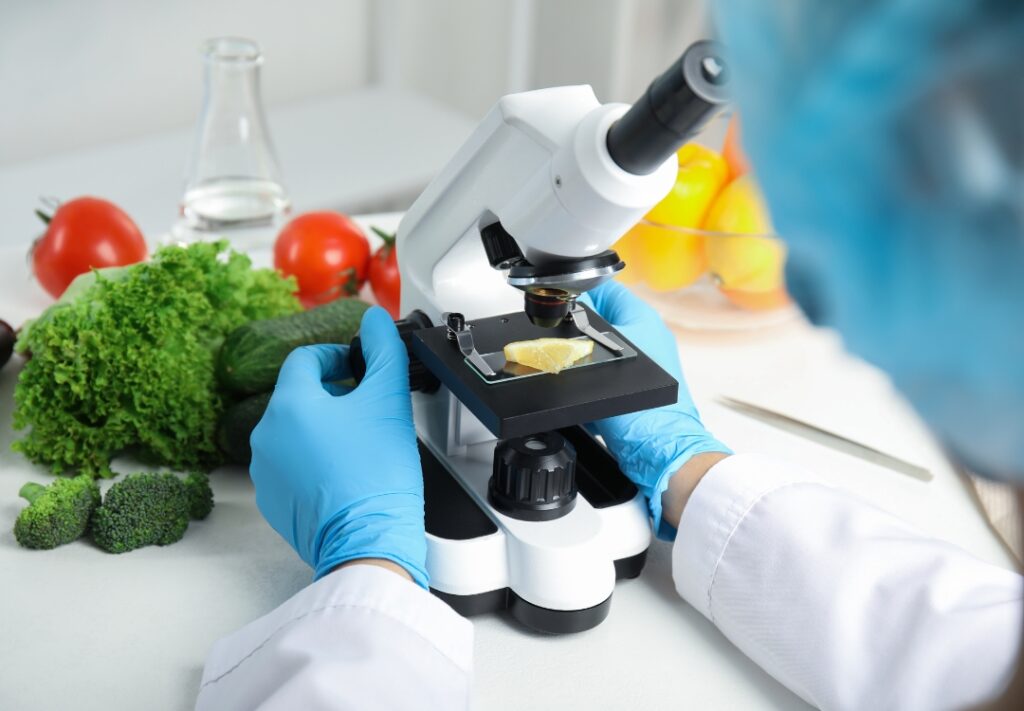Pros and Cons

The Revolution of GM (Genetically Modified) Plants
Genetically modified (GM) foods have been a topic of intense global debate, dividing opinions between those who see their promise for advancements in agriculture and food security and those who raise concerns about their potential impacts on health and the environment.
This technology, which involves genetically altering plants to improve traits such as pest resistance and higher nutritional content, raises fundamental questions about agricultural sustainability and the risks associated with human consumption.
This article explores the pros and cons of GM foods in a balanced manner, offering an impartial analysis of the key aspects involved.
GM foods are created through genetic manipulation, a process that involves inserting genes from other species to confer desired characteristics to plants.
This biotechnology allows farmers to grow crops that are more resistant to pests and diseases, as well as improve the yield and quality of the foods produced.
However, while proponents highlight the potential benefits for global food production and hunger reduction, critics warn of unknown risks to human health and possible adverse environmental impacts.
For those interested in understanding the GM foods landscape more deeply, this article offers a comprehensive analysis, exploring both the positive aspects and significant concerns associated with this technology.
By considering the pros and cons in a balanced way, we aim to provide readers with an informed and critical view of one of the most controversial debates in modern agriculture.
What are GM Foods?
Genetically modified (GM) foods refer to agricultural products whose DNA has been altered using genetic engineering techniques.
This process allows for the insertion of genes from other, often unrelated, species to confer specific characteristics to the plants.
The main goal of genetic modification is to enhance the agronomic qualities of crops, such as resistance to pests and diseases, tolerance to adverse environmental conditions, and increased nutritional value.
Principles of Agricultural Biotechnology
Agricultural biotechnology, or plant genetic engineering, involves careful steps to modify the DNA of plants in a controlled manner.
Scientists identify genes of interest, such as those responsible for insect resistance or vitamin production, and insert them into the target plant cells.
This process allows plants to express new desirable traits that would not be possible through traditional breeding methods.
GM foods are developed based on advanced research aimed at improving food security, increasing agricultural productivity, and reducing pesticide use.
However, this technology is not without controversies and significant concerns, which will be explored in the following sections of this article.
Pros of GM Foods
The use of genetically modified foods presents several potential benefits that are often highlighted by their proponents:
Agronomic Benefits
One of the main advantages of GM foods is the ability to improve plants’ resistance to pests, diseases, and adverse climatic conditions.
For example, genetically modified crops that resist insects can significantly reduce the need for pesticide applications, thereby decreasing the environmental impact associated with chemical use.
Additionally, genetic modification can increase crop yields, helping to ensure a stable food supply in the face of challenges such as climate change and population growth.
Nutritional Improvement
Another potential benefit of GM foods is the ability to improve the nutritional profile of crops.
For example, research is being conducted to develop genetically modified rice varieties with higher levels of essential vitamins and minerals, such as vitamin A and iron.
These varieties can help combat nutritional deficiencies in vulnerable populations, contributing to improved public health globally.
Agricultural Sustainability
Proponents of GM foods argue that the technology can promote more sustainable agricultural practices by reducing the use of natural resources, such as water and arable land.
Drought-resistant crops, for example, can enable farmers to cultivate land that would otherwise be considered unsuitable for agriculture.
Furthermore, the reduction in pesticide application can decrease environmental contamination and benefit local biodiversity.
Cons of GM Foods
Despite the potential benefits, genetically modified foods also raise significant concerns among critics and interest groups:
Environmental Impacts
One of the main points of concern is the environmental impact of introducing GM crops into the ecosystem.
There is a fear that modified genes could escape to wild plants, creating herbicide-resistant superweeds or negatively affecting local biodiversity.
Additionally, the decrease in genetic diversity of cultivated crops could increase vulnerability to pests and diseases, requiring the continuous development of new genetically modified varieties.
Food Safety Issues
Another area of concern relates to the safety of GM foods for human consumption.
Despite rigorous testing conducted by regulators, concerns persist about the potential long-term effects of ingesting genetically modified foods.
Some critics argue that there is insufficient evidence to ensure that these products are completely safe for regular consumption, especially when it comes to cumulative effects on human health.
Conclusion:
To conclude the topic “The Revolution of GM (Genetically Modified) Plants,” we can state that GM foods raise complex ethical and social issues.
Concerns exist about corporate control over modified seeds and the economic impacts on small farmers.
Moreover, many communities have cultural and religious objections to the consumption of genetically modified foods, generating debates about the right to food choice and adequate consumer information.
Frequently Asked Questions:
Advance to the next page to see the most relevant questions on this topic; many questions may answer your doubts.


